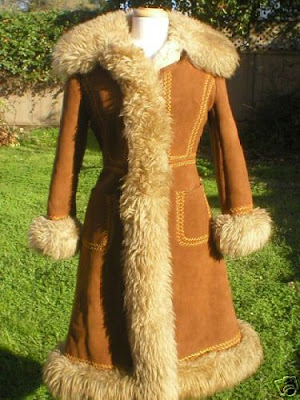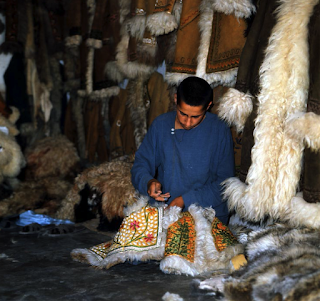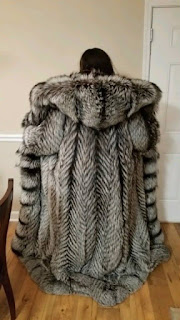In the '60s and' 70s, owning a sheepskin coat was completely normal and no one was surprised.
Afghan sheepskin coat reigned at the top of the fashion. The name is a bit confusing because this sheepskin model was originally from America where it was widely used by trappers and hunters. The shape was taken from Eskimo fur coat. When mass production of sheepskin coats began in Afghanistan, over time they began to appear on the streets of Europe. They were most associated with The Beatles group where all its members had such sheepskin coats and showed up willingly in them.
On the pictures we can see John Lennon and Georg Harrison in Afghan sheepskin coats.
In fact, it all began.
Because of the group's popularity, everyone wanted to look similar to them. Everyone walked everywhere in Afghan sheepskin coat, regardless of the season. Naturally, all those who could afford it for financial reasons. Countless models have appeared and I can take the risk saying that everyone was different. Afghan sheepskin coats were sewn by hand.
Craftsmen in Kabul were able to sew and embroider sheepskin coats from very thick skins. They were really great and their products were extremely popular all over the world.
When Poles began to reach Kabul, it was natural to import Afghan sheepskin coats.
Sheepskins reaching the country were sought after despite horrendous prices. It should be remembered here that at that time for the sheepskin coat was paid the equivalent of a six-month average salary. You did not have to wait long for a reply from a Polish craftsman. Experienced furriers from the Polish mountains coped well with the challenge, having appropriate experience. They introduced to the market extremely desirable models based on the old tradition of highlander designs and styles but using the magic of the original Afghan sheepskin coats.
Below we see a sheepskin coat sewn by furriers from Podhale.
For decades, great fashion creators have resorted to tradition and have come back to this style with great success. A great example is the sheepskin presented at the Gucci show.
At present, the pattern itself is used in various scenes, unfortunately most often to create synthetic clothes. Real skin fell out of favor, what is although completely wrong. This is especially true for sheepskin, which is basically a leftover of meat production. A damaging example of such a policy is the burning of 20,000 skins in one Country (Name will be not released) in 2018 due to the lack of interest from recipients. In Poland, skins and sheepskin coats are still produced from the highest quality skins. You can meet people walking in such clothes as well as make any model according to your needs and ideas. Fashion has it that it comes back, while the fashion for sheepskin coat will come back when social awareness increases and the level of care for the environment changes.
If you have any questions, feel free to email us: jansen.furs@gmail.com































